Unless you managed to have your composition career well underway by the time you graduated, you, like me, will need to get an additional job.
The nature of that job is up to you—but it is something you must anticipate and plan for.
These comments are not meant to discourage you from becoming a composer. Just understand that, no matter how successful you are, you will likely always be a “composer AND.”
Reason 1: Career Development Takes Time
This is all the more the case depending on the music you intend to write.
If you are happy writing music for school bands/orchestras/choirs or for film/TV/games/media, then it is possible — after 5–10 years of networking, getting performances, and building your reputation — to work full-time in the field.
If you strictly want to write chamber, dramatic, experimental, or orchestral music, then you MUST plan on having a trust fund or bill-paying spouse/partner, having an outside job, or living (very) frugally for decades.
Reason 2: Other Experts Also Give This Counsel
For almost a decade, podcaster Dr. Garrett Hope has been interviewing successful composers from diverse genres to talk about career development.
Initially, he named his podcast “Composer on Fire.” However, after years of interviews, Garrett renamed the podcast “The Portfolio Composer” to spotlight this crucial idea: successful composers assemble their careers from a portfolio of activities.
Likewise, notable music critic Ted Gioia has also written about this topic on his Substack: “My advice to students interested in the arts is . . . that they should pursue their craft but also develop at least one money-earning skill before they reach the age of 30.”
Reason 3: History Affirms It As Fact
Bach, Mozart, Beethoven, et al. were performers and teachers. Philip Glass did a number of odd jobs. Your professors are all professors (and most of them had other, non-professorial jobs before they landed a university job).
Take these further examples:
- John Williams: composer and conductor
- Augusta Read Thomas: composer and professor
- Julia Wolfe: composer, presenter, and professor
- Mark O’Connor: violinist, composer, and educator
- etc.
Again, I defy you to find someone who makes their living strictly, 100% as a composer. That person will be in the vast minority, even among the most lauded and successful.
Therefore, What Should You Be Doing Now?
Start considering what you want your “and” to be. Your mix will be personal to you:
- Do you also love performing and conducting? Really master your instrument and learn what it takes to put together a performing career.
- Do you love teaching? Begin now to put together a private studio.
- Do you love recording and music technology? Become an assistant at a recording studio or for live music productions.
- Do you (or can you) have other non-musical skills or interests, particularly in in-demand fields? Minor or double major in those.
You get the idea: as a composer, you can and should branch out. That’s not only okay; it’s near universal.
And it will empower you for music to be your endgame will far less stress and anxiety than were you to put all your eggs in one basket.






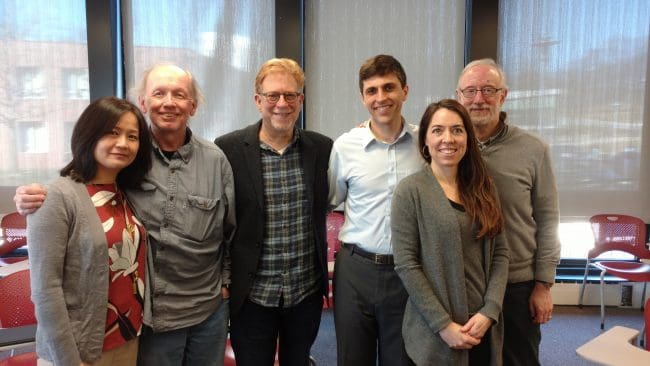
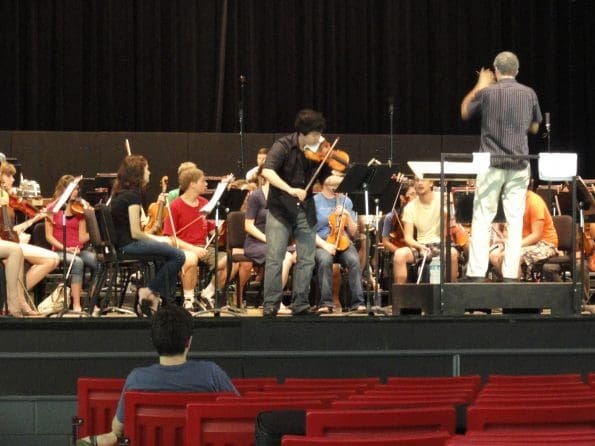

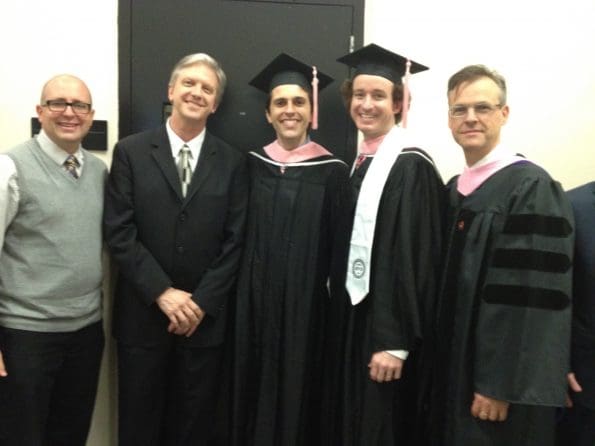

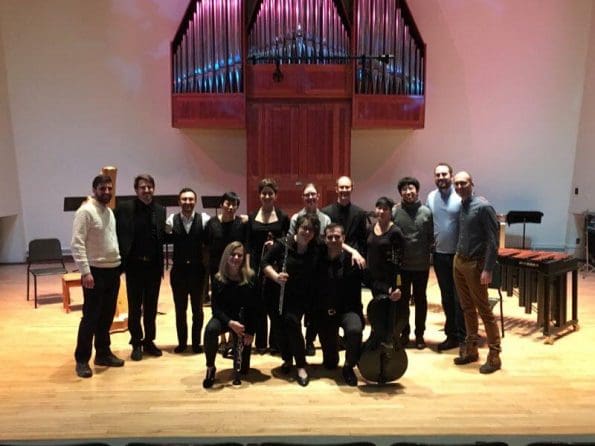



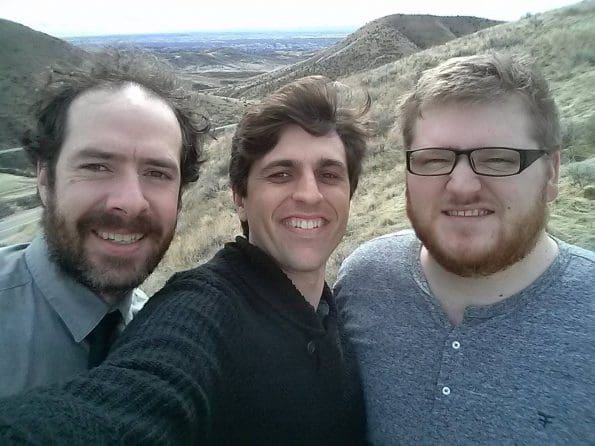
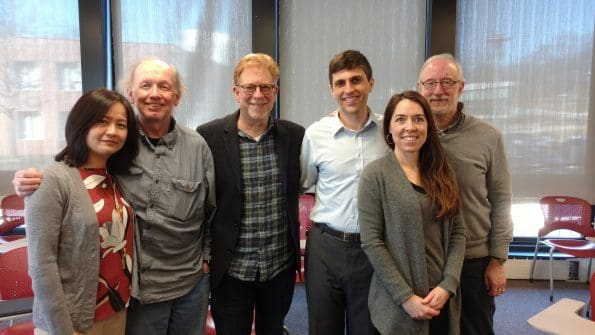

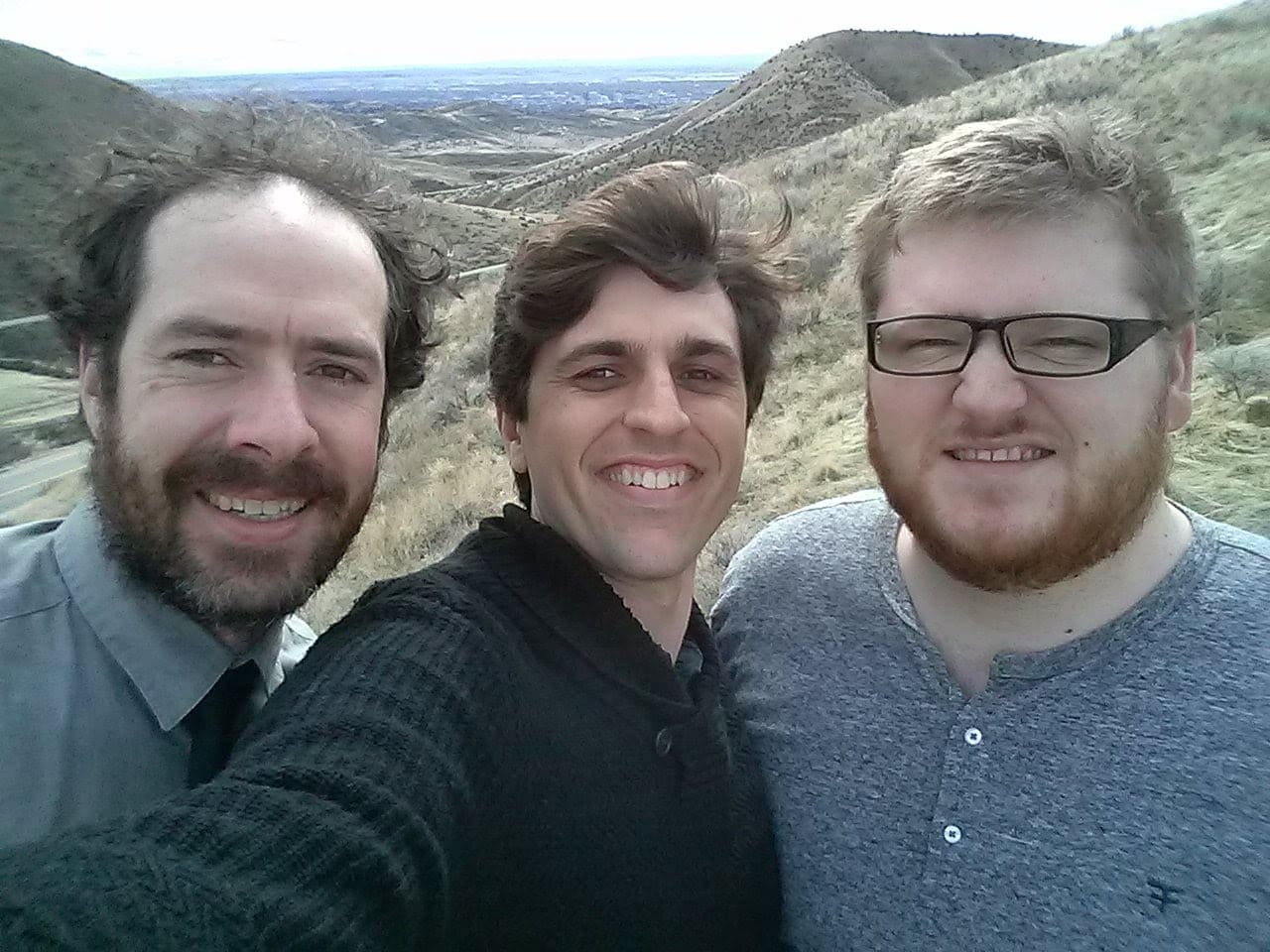
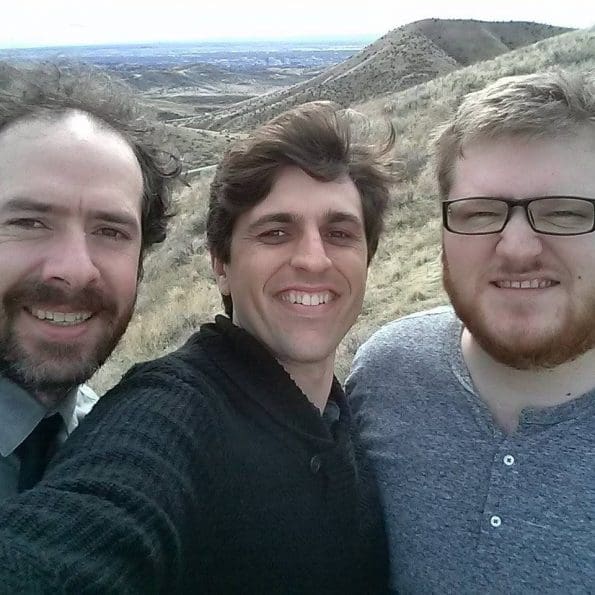
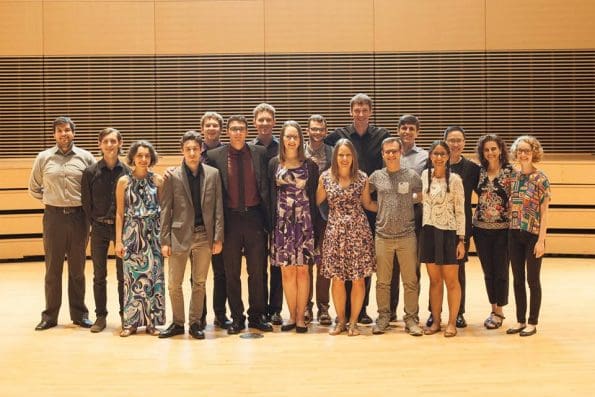
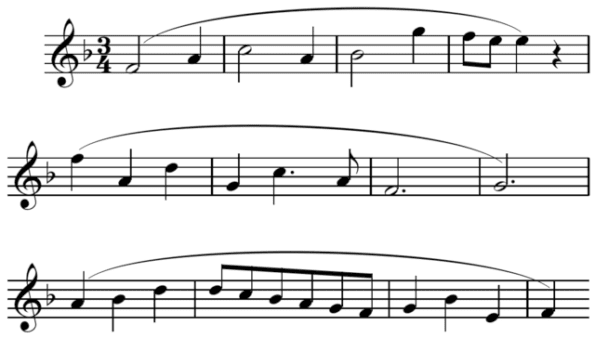
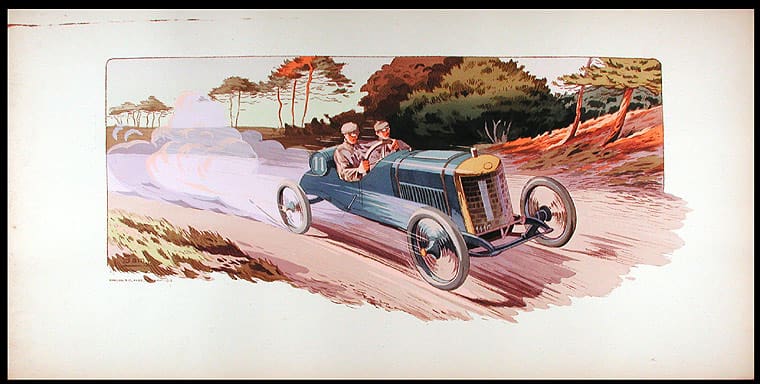

 2012 was a good year, but 2013 promises to be even more exciting.
2012 was a good year, but 2013 promises to be even more exciting.
